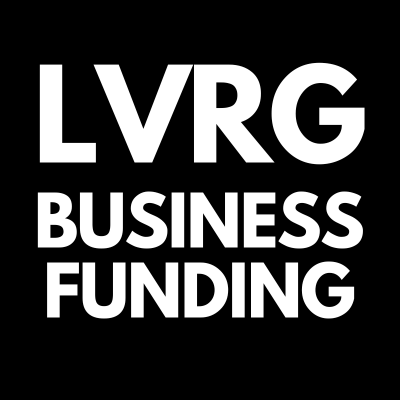📢 Attention Small Business Owners! Let's talk about the misunderstood concept of Cash Flow. 📈
🤔 Have you ever found yourself scratching your head when it comes to managing your business's cash flow? You're not alone! Many small business owners underestimate the crucial role cash flow plays in their financial stability and long-term success. Today, let's uncover some common misconceptions about cash flow that may be holding you back:
🚫 Cash Flow is Not Profit: One of the biggest misconceptions is assuming profits equal cash flow. While turning a profit is vital, it doesn't guarantee a healthy cash flow. Cash flow accounts for the money flowing in and out of your business, including expenses, accounts payable, accounts receivable, and other financial activities.
💸 Profit ≠ Cash in Hand: Another misconception is thinking that profit is instantly accessible cash. Your profit might be tied up in inventory, expansion efforts, or other investments. It's essential to manage your cash flow effectively to ensure you have enough liquidity to cover daily expenses and unforeseen circumstances.
⚠️ Ignoring Timing is a Risk: Cash flow problems often arise due to poor timing of cash inflows and outflows. You need to understand when cash will be coming in and when it will be going out. If you anticipate a delay in receiving payments or need to make unplanned purchases, it's crucial to have contingency plans in place, like a cash reserve or access to quick funding options.
📉 Overestimating Future Cash Flow: Projecting future cash flow is crucial for planning and decision-making. However, small business owners often overestimate their cash inflows and underestimate their outflows. It's important to be realistic and ensure your projections consider potential market fluctuations, seasonality, and other factors that can impact cash flow.
✅ Solutions to Improve Cash Flow: Fortunately, there are proactive steps you can take to improve your cash flow. Start by setting up a well-organized cash flow statement and monitor it regularly. This will enable you to identify potential issues in advance. Implement strategies such as negotiating better payment terms with suppliers, incentivizing early payments from customers, or exploring competitive financing options if additional working capital is needed.
📣 Stay Adaptable and Informed: As a small business owner, staying on top of your cash flow is essential. Avoid the pitfalls of misunderstanding cash flow by continually educating yourself, seeking professional advice when needed, and leveraging technology for efficient financial management.
💼 At LVRG BUSINESS FUNDING, we understand the importance of optimizing cash flow for small businesses 💼.
Our team of experts can guide you through financial challenges and help you secure the funding you need to bridge cash flow gaps. Remember, a deep understanding of cash flow and proper management are keys to your business's financial stability and future growth!
Written by Charles M. Barr, CEO of LVRG Funding



